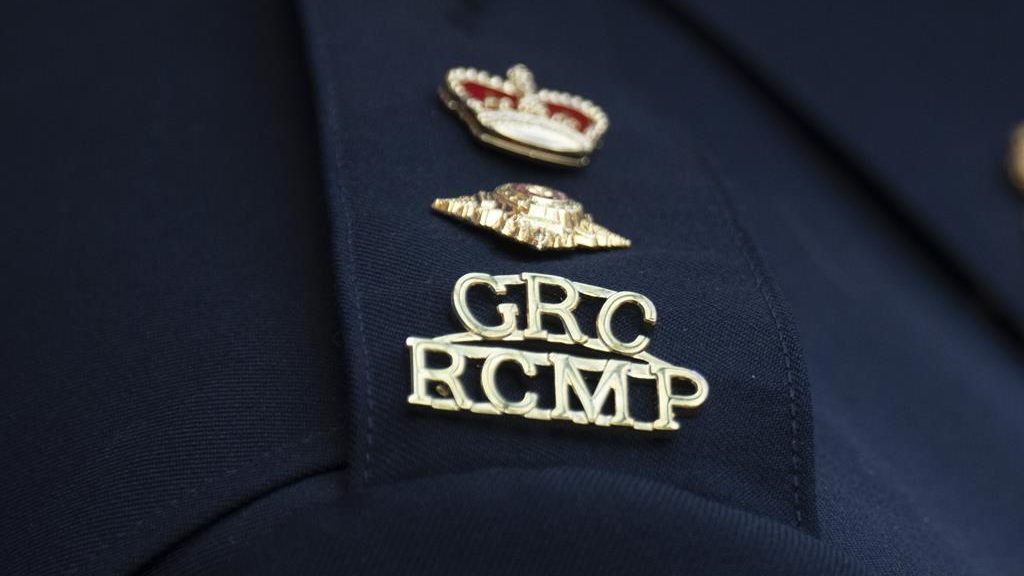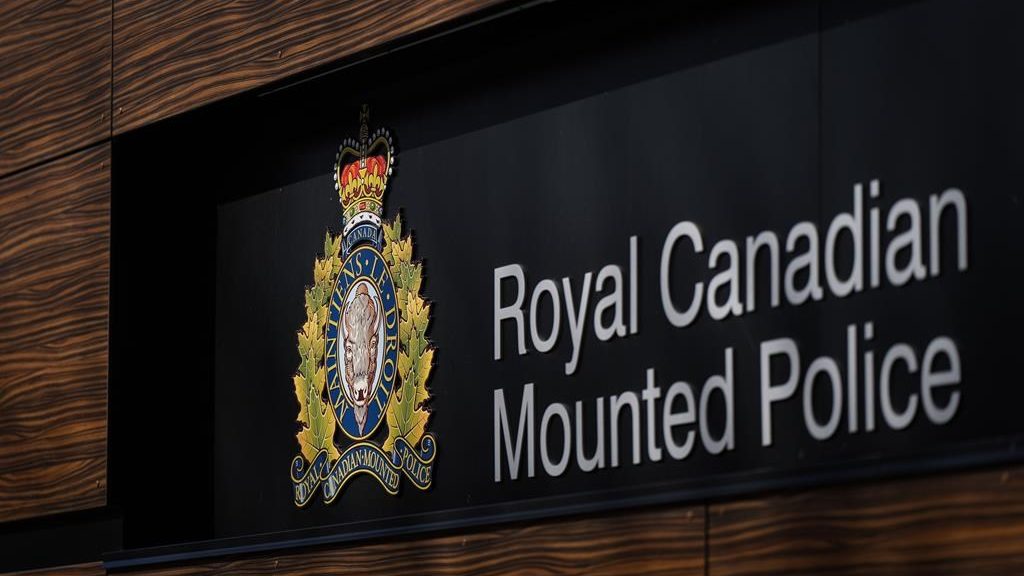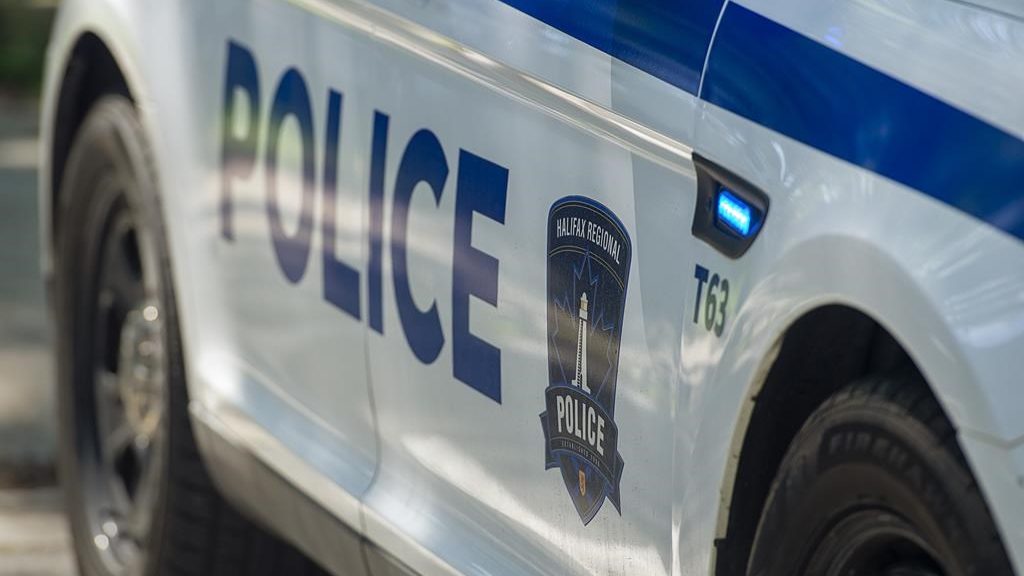New book marks 150 years of Princess Louise Fusiliers
Posted Nov 10, 2019 09:20:00 PM.
The Halifax-based militia unit was first formed in 1869.
“They've been in the city practically from the beginnings of the British settlement,” says local historian Leo J. Deveau.
Deveau will be releasing a book, Fideliter: The Regimental History of the Princess Louise Fusiliers, that details the history of the unit.
“It's a fascinating story of men and later women who've served in the unit,” he tells NEWS 95.7's The Todd Veinotte Show.
The Fusiliers have served out of the Halifax Armoury since it was built in 1899, but were active years before that.
“It goes way back to the Halifax independent companies of militia, which formed up in December of 1749, that's how far the roots go back,” adds Deveau.
The group was officially established at the Halifax Volunteer Battalion in 1869, and the Fusiliers got their name then years later when Her Royal Highness Princess Louise agreed to be Colonel-in-Chief.
“Most of them were volunteers,” explains Deveau. “In other words they weren't serving as regulars, they have other lives, they're professionals.”
The Fusiliers were active in both World Wars. In WWI the battalion received five battle honours.
“They served in WWI, many of them as reinforcements to a number of infantry groups that were fighting on the Western front,” says Deveau.
The historian says it was common for Canadian troops at that time to join other battalions.
“As many units left Canada and went over to Europe both in the first and second world wars, they often got re-designated different names,” he explains.
For the Fusiliers, this meant the 25th Battalion Nova Scotia Regiment, and the 85th Nova Scotia Highlanders.
“Those were the two dominant battalions from Nova Scotia,” Deveau says. “And many men from the fusiliers signed up in those battalions when they got over to Europe, and fought in those groups.”
Deveau says about 1,500 Fusiliers fought in WWI, 40 of whom died in battle.
By WWII, the Fusiliers sent 800 ranks and 31 officers, and recieved 10 battle honours for their efforts.
“They were the only Halifax regiment to have fought as a unit through the Second World War in the Italian campaign and then later in Northwest Europe,” Deveau says.
At this time, they fought in battalions like the 11th Independent Machine Gun Company and the Fifth Canadian Armoured Division.
In times before the Canadian Air Force and the Royal Canadian Navy, Deveau says the Fusiliers fought with weapons available to them.
“The Fusiliers themselves were essentially trained with very basic guns, rifles and mortar weapons,” he says.
The historian says there are a few key Nova Scotians who were once a part of the Fusiliers, Captain Gordon Harrington, who was Premier of Nova Scotia from 1930-33.
“He'd been with the Fusiliers for about 11 years while he was studying at Dal,” he says. “Then he later went up and became a very prominent labour lawyer in Glace Bay.”
Master Cpl. Christopher Stannix, who had a Halifax Ferry named after him, was also a Fusilier who died in the line of duty while serving in Afghanistan in 2007.
Aside from the war years, Deveau says the Fusiliers have been active during times of peace as well.
“With Hurricane Dorian, close to 30 Fusiliers helped in cleaning up debris,” he explains. “They helped with SwissAir 111 in terms of recovery efforts.”
Deveau says the book will detail the Fusiliers from incorporation to present day.
“The Fusiliers didn't just exist back then,” he says. “They exist now in a very real way.”
The book will be on store shelves and available through the Fusiliers by the end of this year.
“We hope it will be out before Christmas, and if not shortly after,” says Deveau.










